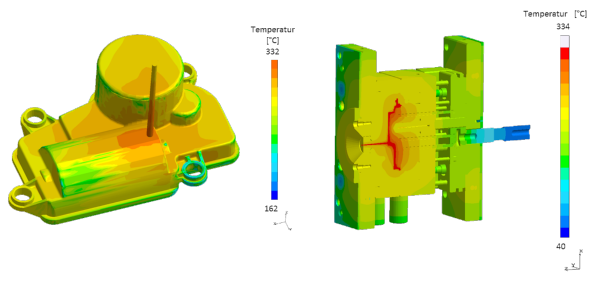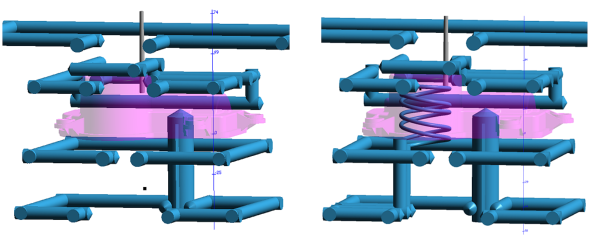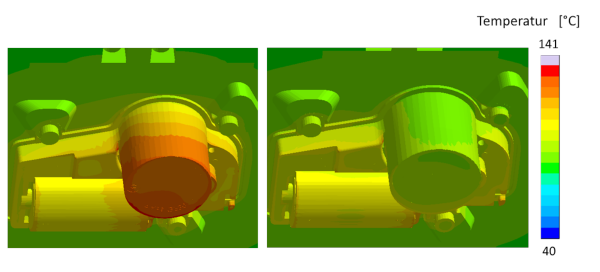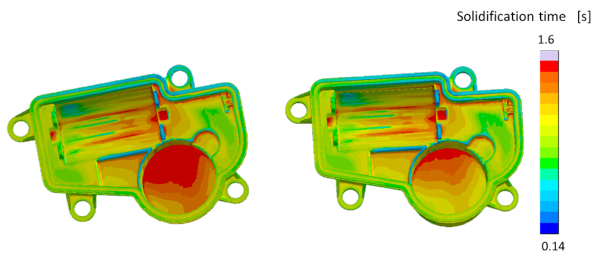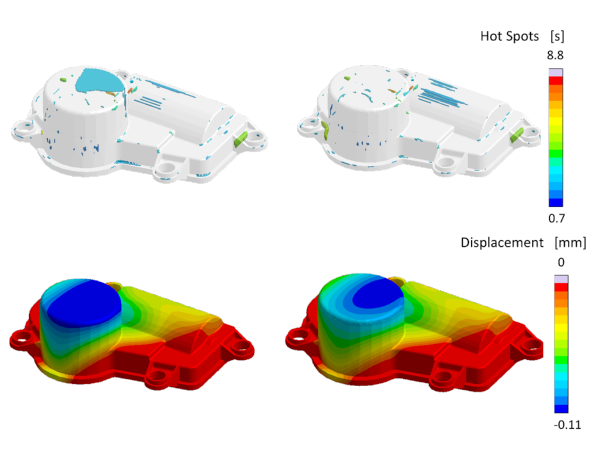Process-oriented Injection Molding Simulation. Besides the part geometry, 3-D injection molding simulation now also takes into account other factors promoting the efficient design of injection molds and assisting process control during production. A case study makes clear the benefit of process-oriented simulation with the example of a decision in favor of a cooling concept tailored to requirements.
Kunststoffe International 12/2011, page 24-26
Currently, there are only a few plastics articles that are still developed without injection molding simulation, which usually focuses on predicting the filling pattern and part warpage. Nevertheless, the use of this software tool has reached a stagnation level. In the 20 years and more since injection molding simulation became established in the plastics industry, a general opinion about the benefits and reliability of simulation has become established in the industry. If we look more closely at this judgment, we can often see that it is the result of experience with conventional or 2.5D Hele Shaw-based approaches to simulation.
However, the state of the art has really moved on significantly from this. Besides plastics articles, all mold components, such as platens, cores, slides and ejectors, with their physical material properties, can now be modeled completely three-dimensionally, and therefore physically correctly, in the injection molding simulation. On this basis, the entire injection molding process can be described in detail, and its quality and energy efficiency assessed. These comprehensive possibilities are based on the three-dimensionally coupled simulation of transient heat transfer between the melt, mold and cooling system, and therefore a physically precise description of the interaction between the rheology of the polymer and the mold’s thermal performance.
With this approach, known as “process oriented”, an injection molding simulation using Sigmasoft (supplier: Sigma Engineering GmbH, Aachen, Germany) can register all the relevant influencing factors, such as the article, mold, hot runner and process control. This gives the user two advantages – increased accuracy and validity, together with a broader scope of applications.

